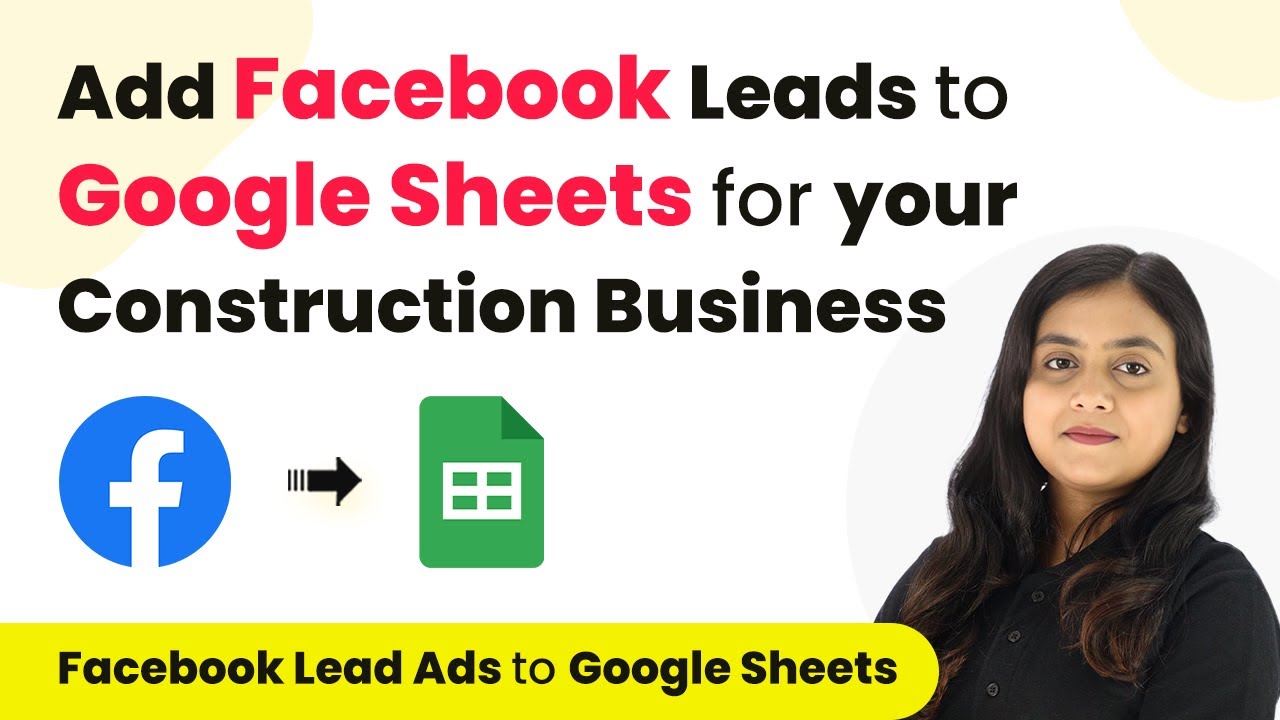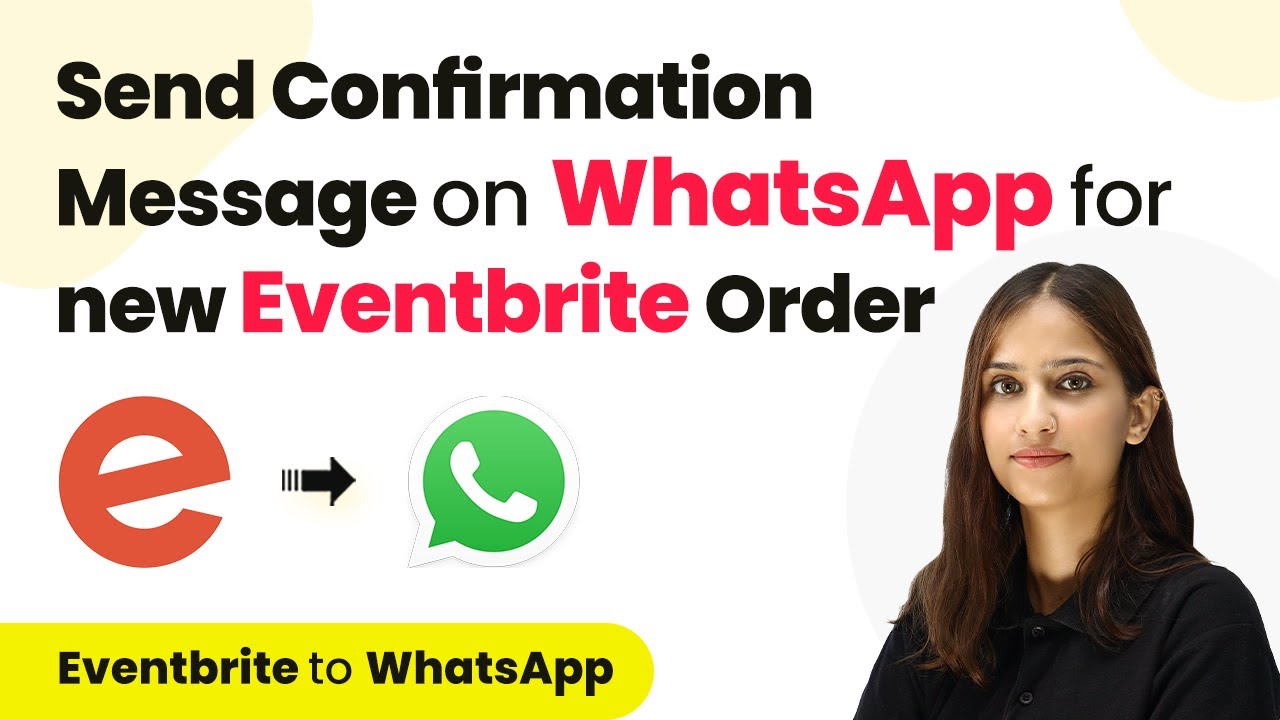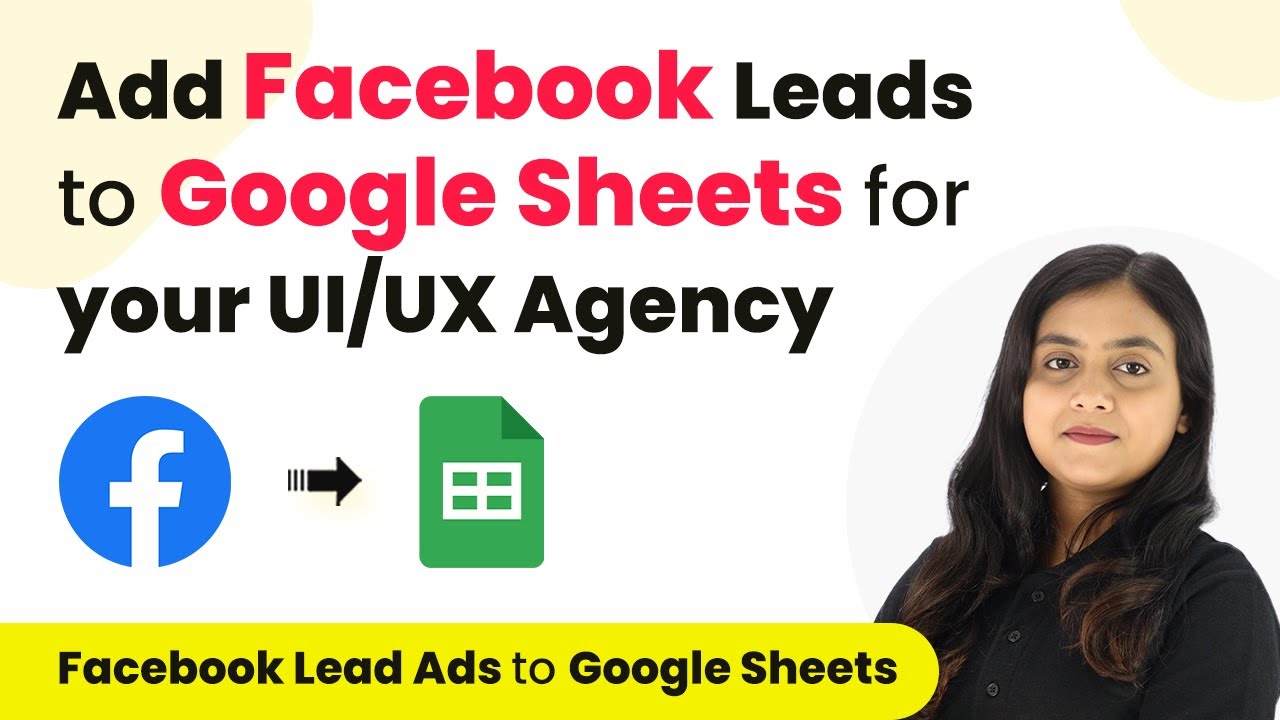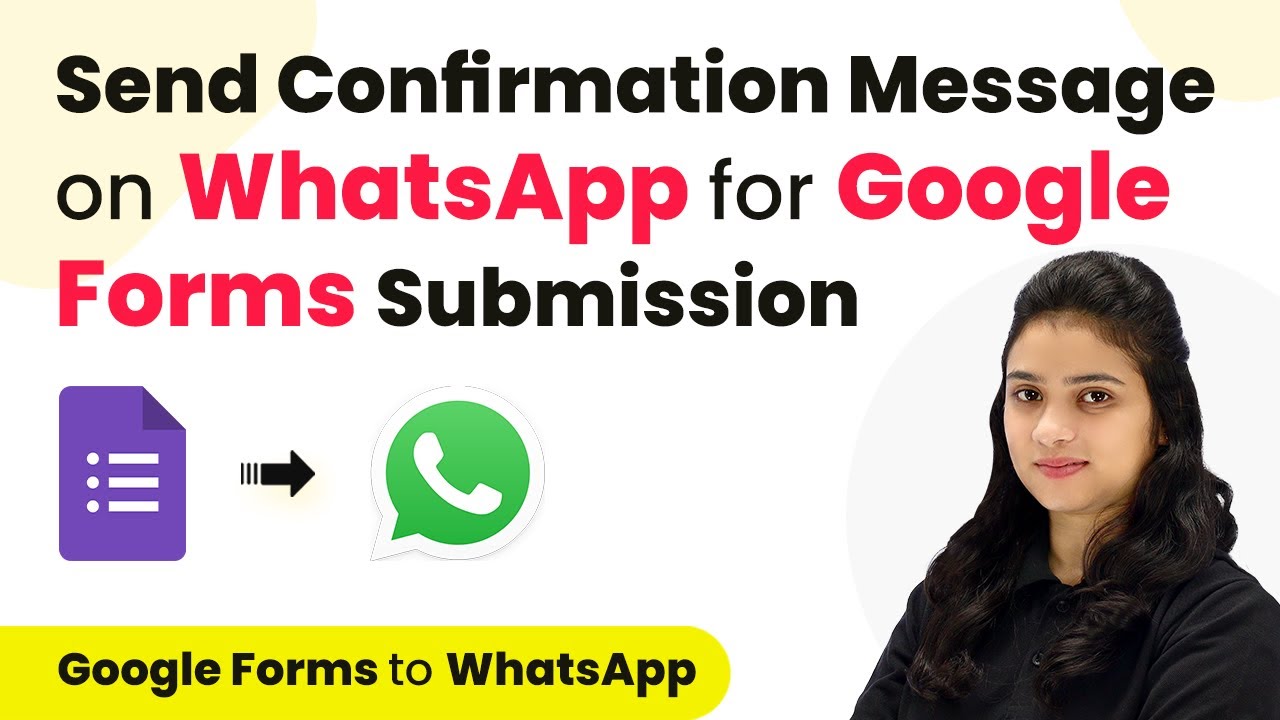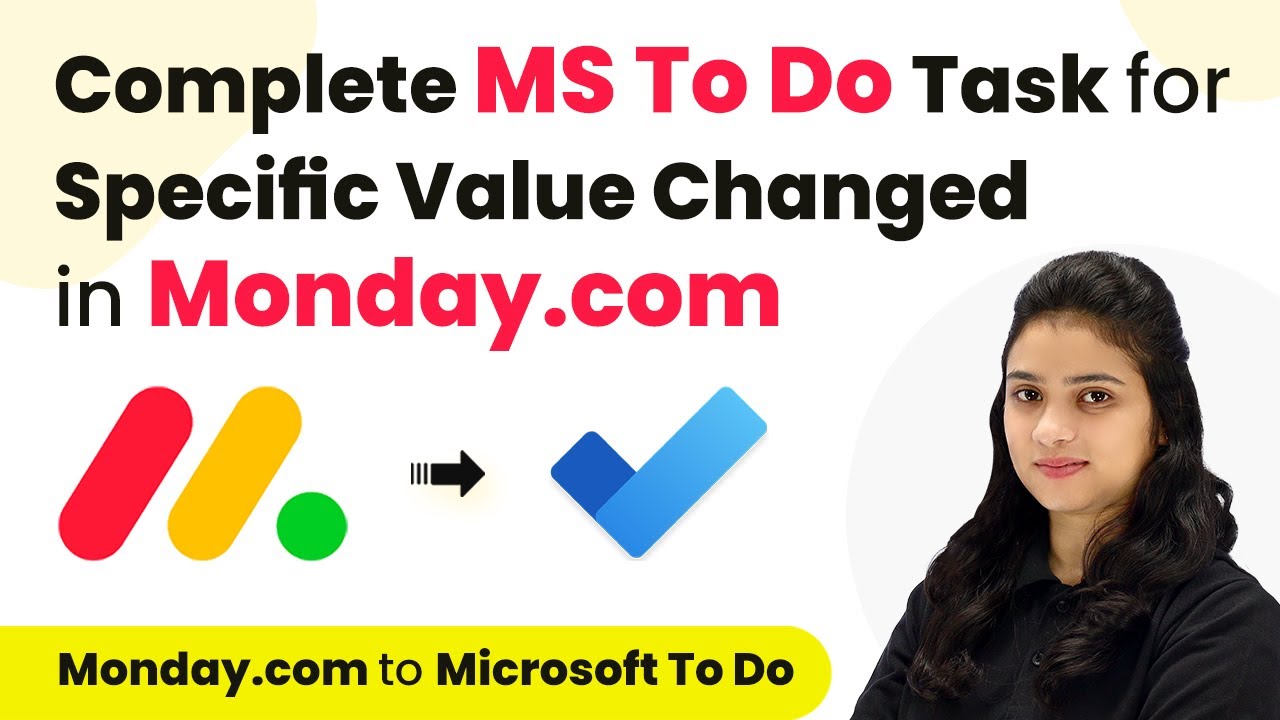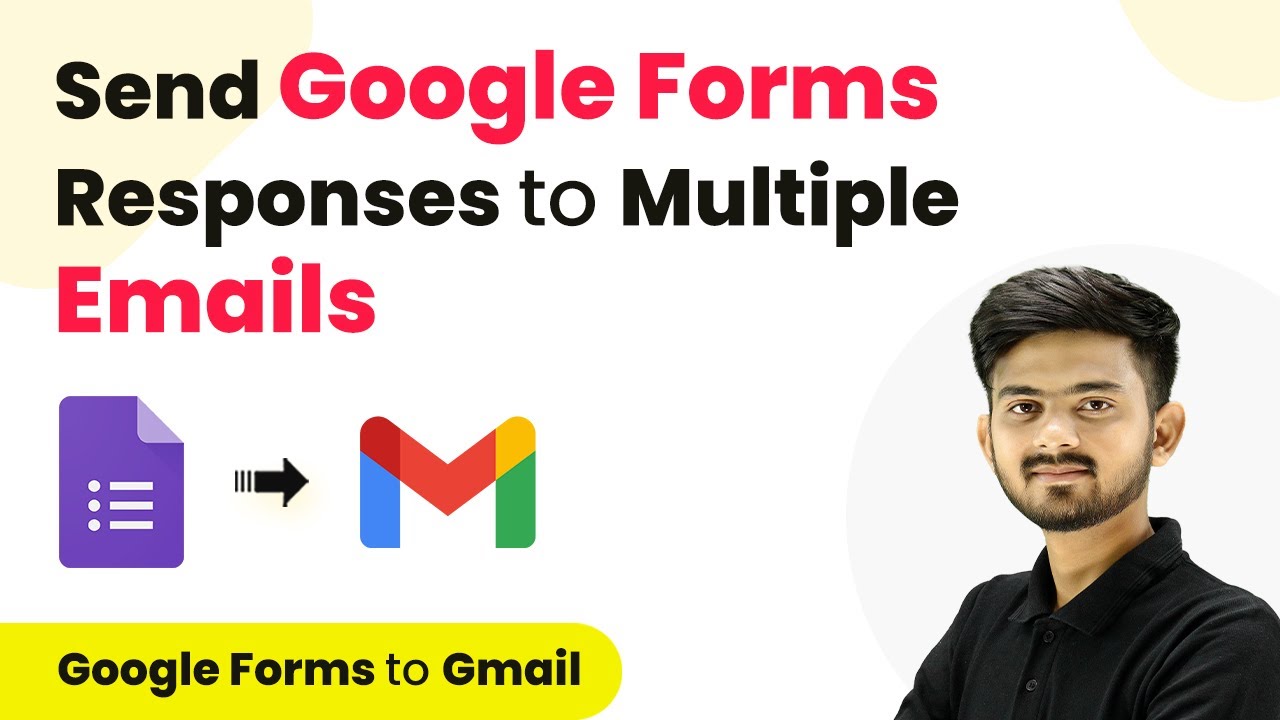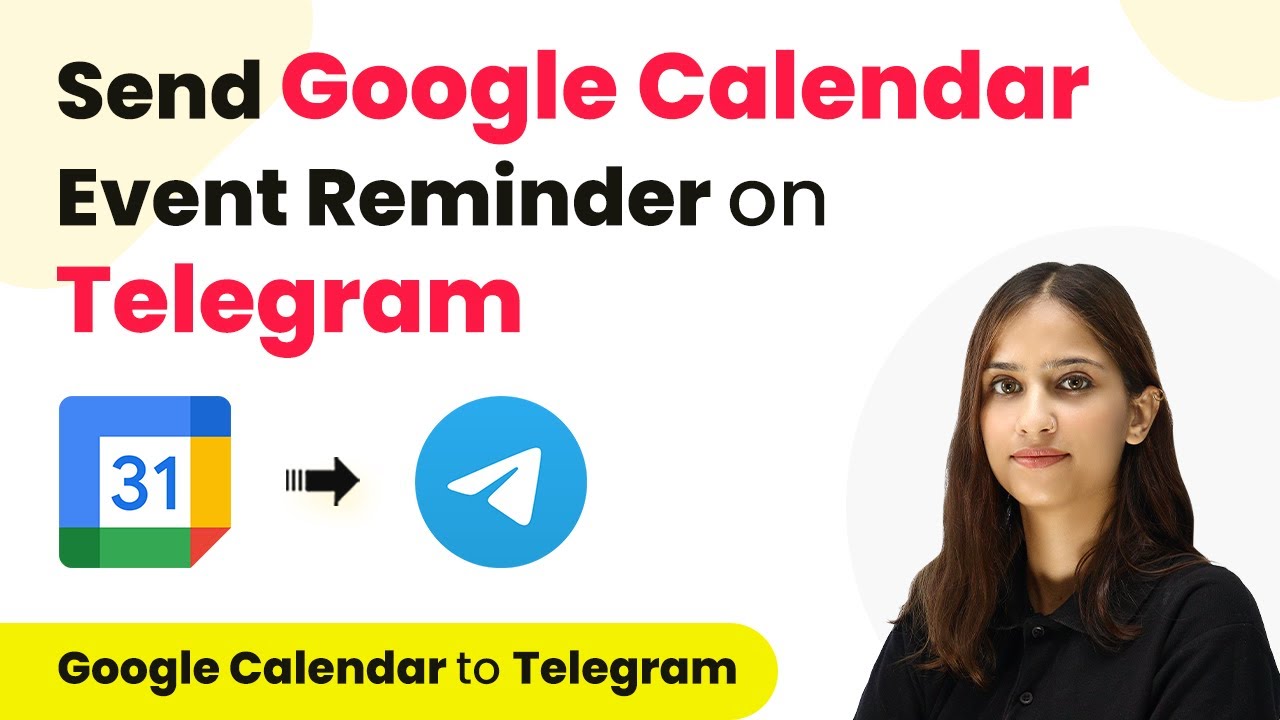Learn how to seamlessly integrate Facebook Leads with Google Sheets for the Metals and Mining industry using Pabbly Connect. Step-by-step tutorial included. Transform complex automation concepts into accessible, actionable steps that eliminate unnecessary manual work while maximizing existing application capabilities.
Watch Step By Step Video Tutorial Below
1. Accessing Pabbly Connect for Integration
To integrate Facebook Leads with Google Sheets, the first step is accessing Pabbly Connect. Simply visit the Pabbly Connect website and click on the ‘Sign In’ button if you’re an existing user or ‘Sign Up Free’ if you are new.
After signing in, you will be directed to the Pabbly Connect dashboard. Here, you can create a new folder for your workflow by clicking on the ‘Create New Folder’ icon and naming it, for instance, ‘Facebook Leads to Google Sheets’. This organization helps keep your integrations tidy.
2. Creating the Workflow in Pabbly Connect
Next, you will create a new workflow in Pabbly Connect. Click on the ‘Create Workflow’ button, and a dialog will appear asking for the workflow name. Name it ‘Facebook Leads to Google Sheets for Metals and Mining Business’.
- Select the folder you created earlier.
- Click on ‘Create’ to proceed.
Now, you will see two essential events: Trigger and Action. The Trigger is the Facebook Lead Ads, and the Action is Google Sheets. This setup allows you to automate the process of adding new leads to your Google Sheets.
3. Setting Up the Trigger for Facebook Leads
To set up the trigger, select Facebook Lead Ads as the trigger application in Pabbly Connect. You will then need to choose the trigger event, which is ‘New Lead Instant’. This event triggers the workflow whenever a new lead is submitted.
Next, click on ‘Connect’ to establish a connection between your Facebook Lead Ads account and Pabbly Connect. If you don’t have an existing connection, select ‘Add New Connection’ and follow the prompts to connect your Facebook account.
4. Configuring Google Sheets as the Action Application
Once the trigger is set, it’s time to configure the action application, which is Google Sheets. In Pabbly Connect, select Google Sheets as your action application and choose the action event ‘Add New Row’. This action allows you to add the lead data directly into your Google Sheets.
Connect your Google Sheets account by selecting ‘Add New Connection’. After connecting, select the spreadsheet where you want to store the leads. Ensure that your spreadsheet has columns that match the lead data, such as Name, Email, and Phone Number.
- Map the lead details from Facebook to the corresponding columns in Google Sheets.
- Click on ‘Save and Send Test Request’ to ensure everything is working correctly.
After testing, you should check your Google Sheets to confirm that a new row has been added with the lead details. This confirms that your integration is functioning as expected.
5. Testing the Integration in Real-Time
Now that you have set up the trigger and action, it’s crucial to test the integration. Go back to your Facebook Lead Ads testing tool and create a test lead by filling out your lead form. After submitting the form, return to Pabbly Connect to see if the lead data has been received.
If the test lead appears in your Google Sheets, it means the integration is successful. You can now automate the process of adding Facebook leads to your Google Sheets effectively. To ensure continuous operation, delete the test lead after verifying the integration.
In summary, the workflow involves:
Trigger: Facebook Lead Ads (New Lead Instant) Action: Google Sheets (Add New Row)
With this setup, you can now efficiently manage your leads for the Metals and Mining industry using Pabbly Connect.
Conclusion
This tutorial demonstrated how to integrate Facebook Leads with Google Sheets using Pabbly Connect. By following the steps outlined, you can automate the lead management process for your Metals and Mining business effectively. Enjoy seamless data flow and enhanced productivity!
Ensure you check out Pabbly Connect to create business automation workflows and reduce manual tasks. Pabbly Connect currently offer integration with 2,000+ applications.
- Check out Pabbly Connect – Automate your business workflows effortlessly!
- Sign Up Free – Start your journey with ease!
- 10,000+ Video Tutorials – Learn step by step!
- Join Pabbly Facebook Group – Connect with 21,000+ like minded people!

